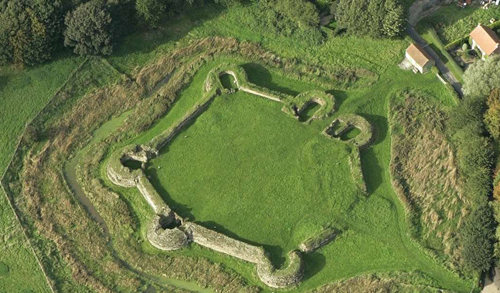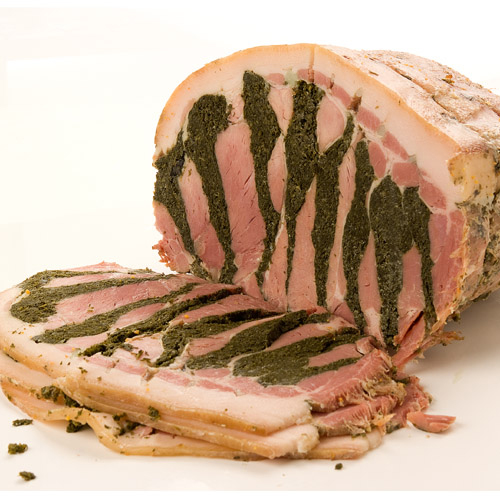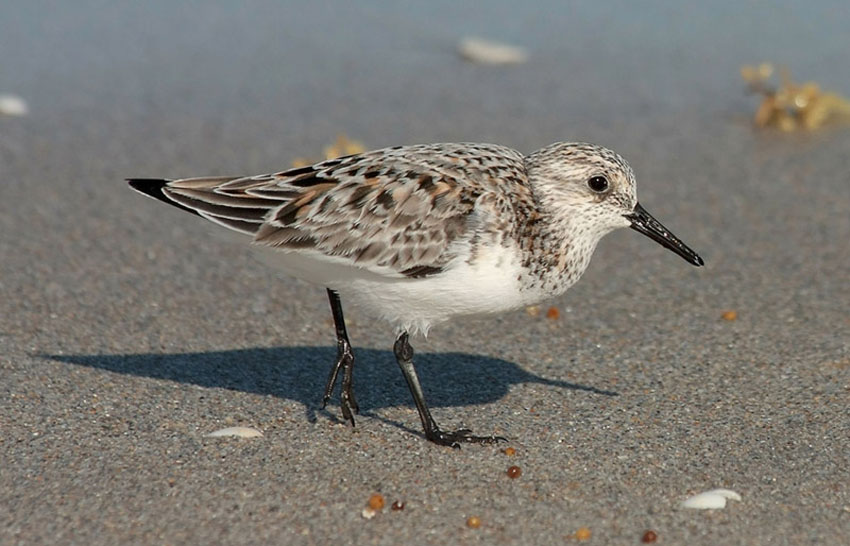




Back to the Lincolnshire Page

- The Royal Connection
- Lincolnshire Eats
- Owlbut's Birdwatch
- Lincolnshire VIPs
 Bolingbroke Castle, in Lincolnshire,
is now just a ruin but in 1361 it came into the ownership of John of Gaunt who was the second son of Edward III. John was also Duke of Lancaster as he had married
Blanche of Lancaster, his third cousin, in 1359. He was a very wealthy man and in 1367 they had a son who was known as Henry Bolingbroke, for a while.
Bolingbroke Castle, in Lincolnshire,
is now just a ruin but in 1361 it came into the ownership of John of Gaunt who was the second son of Edward III. John was also Duke of Lancaster as he had married
Blanche of Lancaster, his third cousin, in 1359. He was a very wealthy man and in 1367 they had a son who was known as Henry Bolingbroke, for a while.
John of Gaunt, he was actually born in Ghent in Belgium which is how he got his name, was the uncle of Richard II who became King of England in 1377.
When John of Gaunt died in 1399, Richard II didn't allow Henry Bolingbroke to inherit all his father's lands which rather annoyed Henry. By now Richard wasn't very
popular with the nobles and he then popped off to Ireland to deal with some troubles over there.
Meanwhile Henry Bolingbroke, who had been sent away to France by Richard, came back, had a chat with these nobles, pointed out that his father was the
son of Edward III and, with the agreement of these nobles, declared himself King of England: Henry IV. Richard came back, resigned and was put in prison where they
sadly forgot to feed him and so he died of starvation in 1400. All of this had a profound effect on English history over the next century. If I tell you that Henry
was of the House of Lancaster while his uncle and his family were of the House of York and they didn't get on, wars and roses may pop into your mind.
By the 16th century the castle had fallen into disrepair but was briefly used by the Royalists during the Civil War before being put beyond repair
by the Parliamentarians in 1652 when the tower and walls were torn down and thrown into the moat.
![]() Back to the top
Back to the top
 Stuffed chine is a traditional dish, unique to Lincolnshire. In olden days meat would be cured, usually soaked in a salt solution, to preserve it for longer,
especially during the winter months. The neck chine is a cut of a pig taken from between the shoulder blades.
Stuffed chine is a traditional dish, unique to Lincolnshire. In olden days meat would be cured, usually soaked in a salt solution, to preserve it for longer,
especially during the winter months. The neck chine is a cut of a pig taken from between the shoulder blades.
As spring approached villagers in Lincolnshire would take their preserved chines and make deep marks across each side of the joint. Finely chopped
parsley was packed tightly into the deep pockets in the flesh, then the joint was turned over and the process repeated on the other side. The whole joint would
then be wrapped up in muslin or an old pillowcase and simmered until cooked through. The cooked meat was left to cool still wrapped in cloth in order for it to set.
Once completely cooled it was unwrapped, sliced thinly and served with a sprinkle of vinegar. The slices would have an interesting look of
green and pink stripes.
Stuffed chine was traditionally served when the May Hiring Fair was in town (a kind of outdoor employment exchange, where people made themselves
available for temporary work), and the largest chine was usually saved for Christenings. If you saw a fresh row of parsley growing in a garden, it was often
the sign that there was a baby on the way!
![]() Back to the top
Back to the top
The Sanderling is a small though slightly plump wading bird. Obviously it is normally seen near the coast anywhere in England, except the south west. It doesn't breed
in England but is a winter visitor and flies through in spring and autumn to and from its Arctic breeding ground.
It has black legs and a thin, medium size beak. In summer its feather colours are black, brown, cream, grey, orange and white. In winter it loses the
brown and orange colours. It eats small marine worms, crustaceans and molluscs.
It is about 20 cms in length with a wingspan of about 38 cms. Its weight is between 50 and 60 grams. About 16,000 individual birds winter here while as
many as 40,000 may passage through. You can best find them on long, sandy beaches, just like you find in Lincolnshire (see I planned this). They don't really like
rocky coasts.

Seven random people who were born in Lincolnshire in the last 100 years:-
Harriet Bibby (Actor - Coronation Street), Bernie Taupin (Musician, Lyricist), Margaret Thatcher (Politician and First UK Female Prime Minster),
Robert Webb (Comedian), Jennifer Saunders (Comedian), Ian Matthews (Musician) and Tony Jacklin (Golfer)
![]() Back to the top
Back to the top

